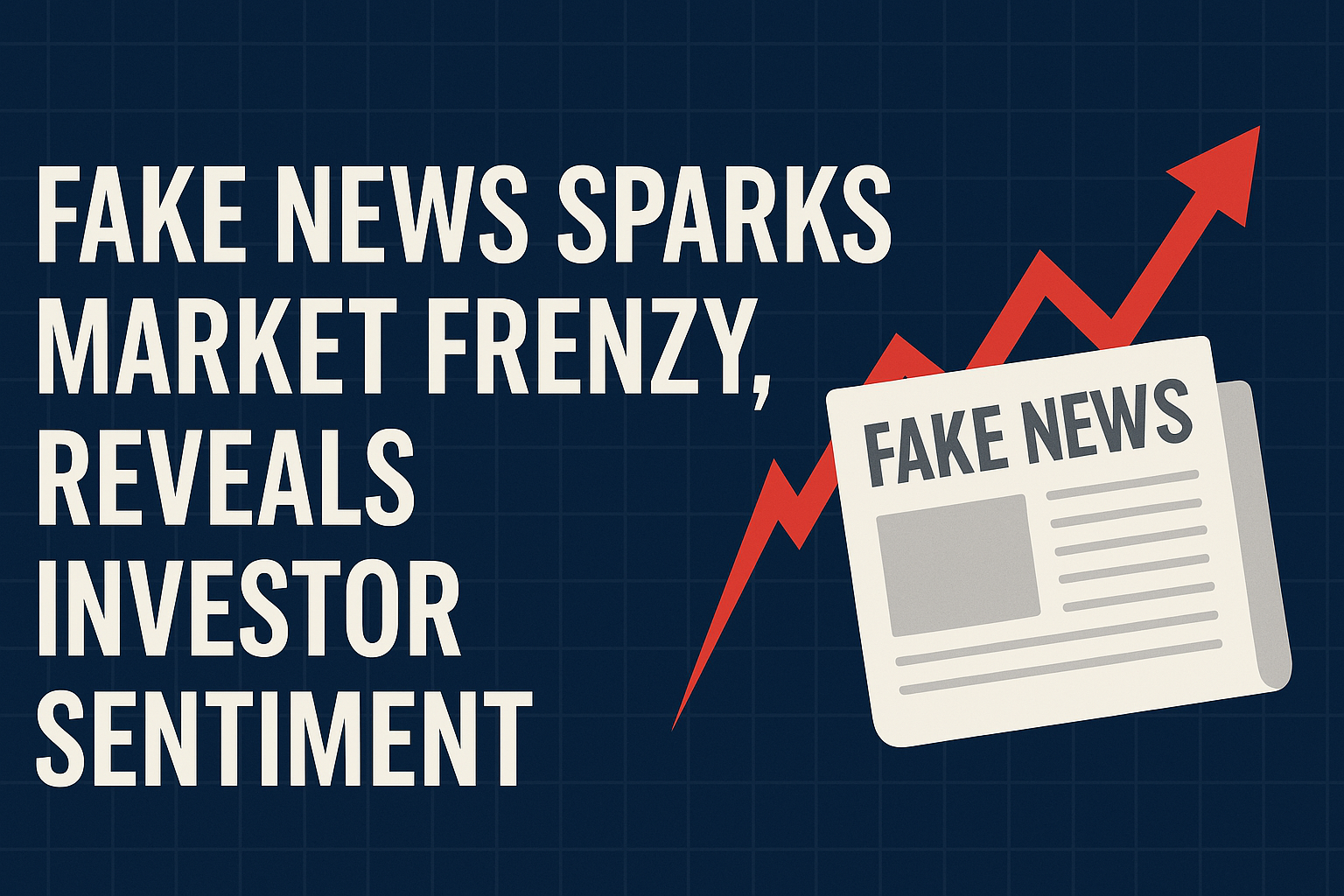
In a stunning display of market sensitivity, a fake news story about a 90-day U.S. tariff pause sent global markets soaring on April 7—before crashing just as quickly once the report was debunked. The hoax, originating from a verified X account impersonating a financial news outlet, claimed that former President Donald Trump was considering a temporary halt on tariffs for all countries except China. Despite its inaccuracy, the post was briefly amplified by major platforms like CNBC and Reuters, causing a wave of investor euphoria.
The S&P 500 jumped over 8%, the Nasdaq surged 9.5%, and the Dow Jones rose 7%, adding trillions of dollars in market value within the hour. Bitcoin also spiked, briefly crossing $80,000 for the first time with a 6.5% rally. However, when the White House swiftly responded via its Rapid Response account confirming the news was fake, gains evaporated just as quickly.
The catalyst of the confusion was a misinterpreted interview with Trump economic adviser Kevin Hassett. When asked on Fox News about the possibility of a 90-day pause, Hassett neither confirmed nor denied, simply stating, “The president is gonna decide what the president is gonna decide.” He downplayed the overall economic impact of tariffs, dismissing fears of a recession as “irresponsible rhetoric.”
Despite the rapid reversal, market watchers say this event revealed something important: markets are desperate for a resolution to trade tensions. Crypto YouTuber Lark Davis commented that the knee-jerk reaction shows how eager investors are for even temporary relief from ongoing trade uncertainty. “Even a lame 90-day delay sent markets soaring,” he said, adding that vast amounts of capital remain sidelined—ready to “ape in” the moment sentiment shifts.
Others, like Geiger Capital on X, speculated that this incident might embolden Trump and his team to leverage tariff announcements strategically. “They now know that at any point they can announce a pause and the market will rally ~10% in a single day,” he wrote.
Ironically, following the fake news post, Trump escalated tensions further. On Truth Social, he threatened additional tariffs on China, stating the U.S. would impose a 50% hike unless Beijing rolled back its latest tariff increases by April 8.
While the news turned out to be false, it showcased how trigger-happy the market is for any signal of progress—and just how powerful headlines can be, real or fake. Investors are watching closely, not just for policy shifts, but for the next potential spark in this volatile economic chess game.

